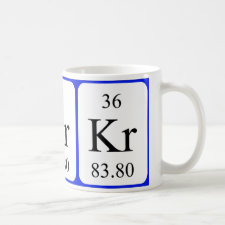
Authors: Cai LG, Xu XY, Pang J, Sun YM, Dong B, Luo XM
Article Title: Preparation and Characterization of Porous Molecularly Imprinted Composite Membrane with Sudan I as the Template.
Publication date: 2013
Journal: Food Science
Volume: 34
Issue: (18)
Page numbers: 70-74.
DOI: 10.7506/spkx1002-6630-201318015
Alternative URL: http://www.spkx.net.cn/EN/abstract/abstract31934.shtml
Abstract: Molecularly imprinted polymer composite membrane (MICM) was prepared with PVDF membrane as the supporting membrane, Sudan I as the template molecule, DMF and PEG20000 as the porogen through in-situ polymerization by UV irradiation. SEM and FITR-ATR spectroscopy were employed to describe surface feature and structure of the membrane. Three parameters such as binding capacity, selective permeation and stability of MICM were further discussed. The results showed that hydrogen bonds of Sudan I and MAA could interact with each other and constitute the bonding sites in caves. The porous surface of MICM also exhibited higher permeation selectivity for the template molecule and its analogues. Furthermore, MICM can work steadily at 30-80 C and pH 1.5-10.
Template and target information: Sudan I
Author keywords: molecularly imprinted composite membrane (MICM), Sudan I, in-situ polymerization, Porous, characterization



Join the Society for Molecular Imprinting

New items RSS feed
Sign-up for e-mail updates:
Choose between receiving an occasional newsletter or more frequent e-mail alerts.
Click here to go to the sign-up page.
Is your name elemental or peptidic? Enter your name and find out by clicking either of the buttons below!
Other products you may like:
 MIPdatabase
MIPdatabase









